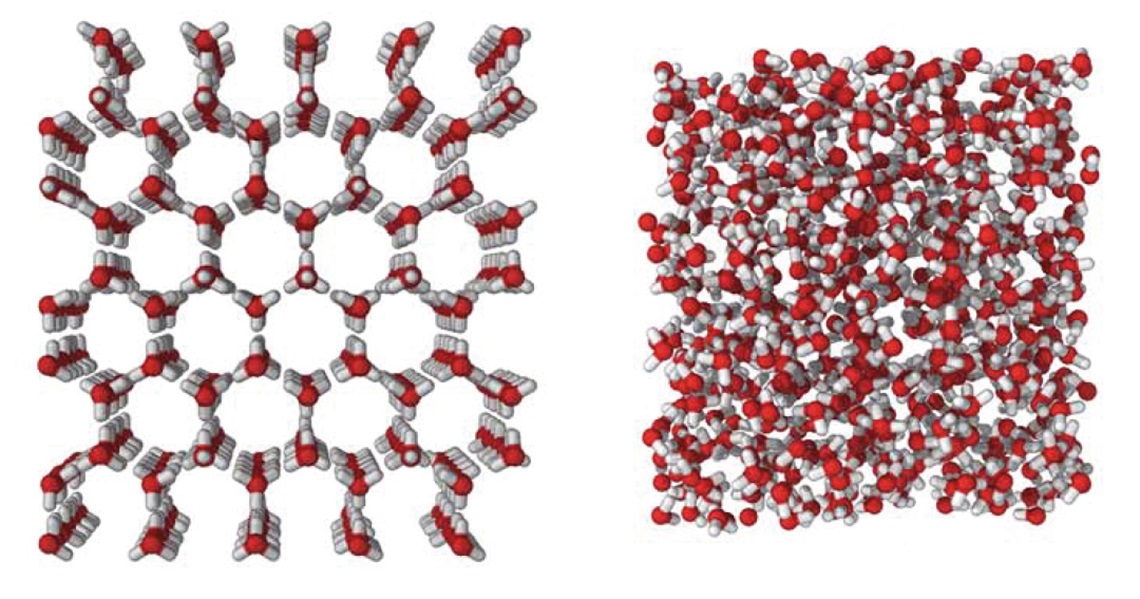By grinding regular ice using stainless steel balls in a metal jar at -200 degrees Celsius (oC), researchers at the University of Cambridge and University College London, both in the UK, broke down the crystalline structure and created a new, denser version of solid water called medium-density amorphous ice (MDA). It looks like a white granular powder stuck to the metal balls. While the molecules in ordinary crystalline ice are organized in a regular pattern, in amorphous ice they are disorganized, like in a liquid. There were previously only two known types of amorphous ice, low-density and high-density, both discovered in the twentieth century. MDA can release an extraordinary amount of heat when recrystallized into regular ice. While rare on Earth, amorphous ices are abundant in space. The icy surfaces of the moons of Jupiter and Saturn, if they came into contact with each other, could produce MDA by the same process used by the researchers (Science and University of Cambridge, February 2).
RepublishGeophysics
The ice of distant moons

The atomic structure of ordinary ice (left) and MDA (right)
Rosu-finsen, A. et al. Science. 2023